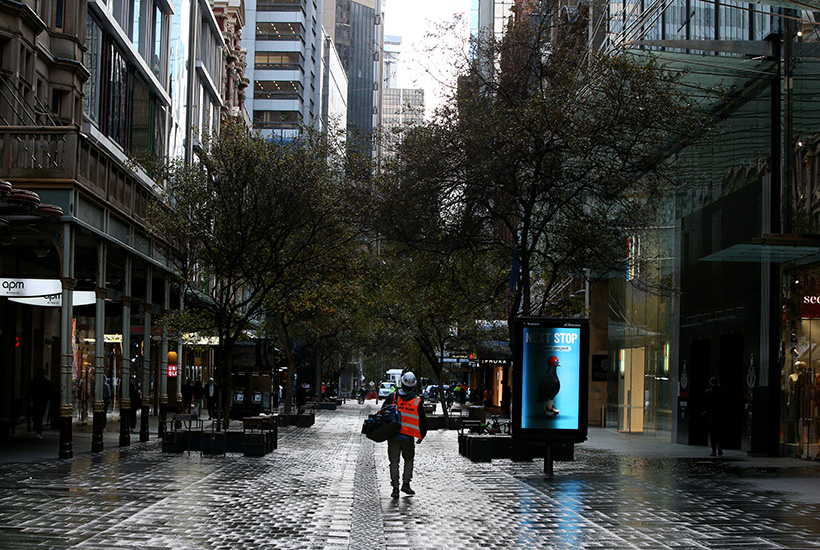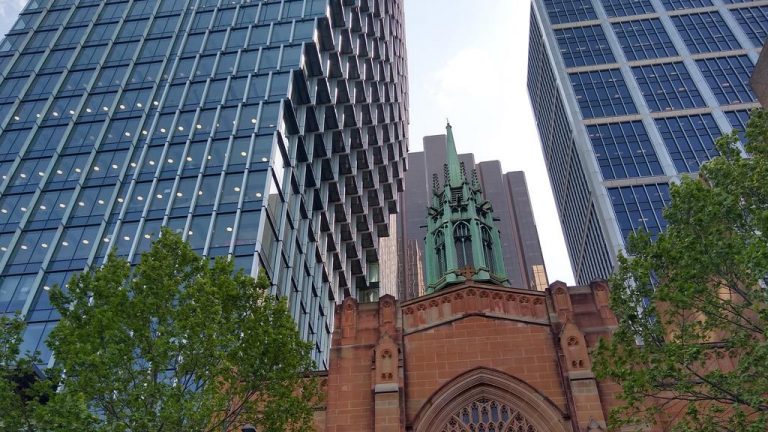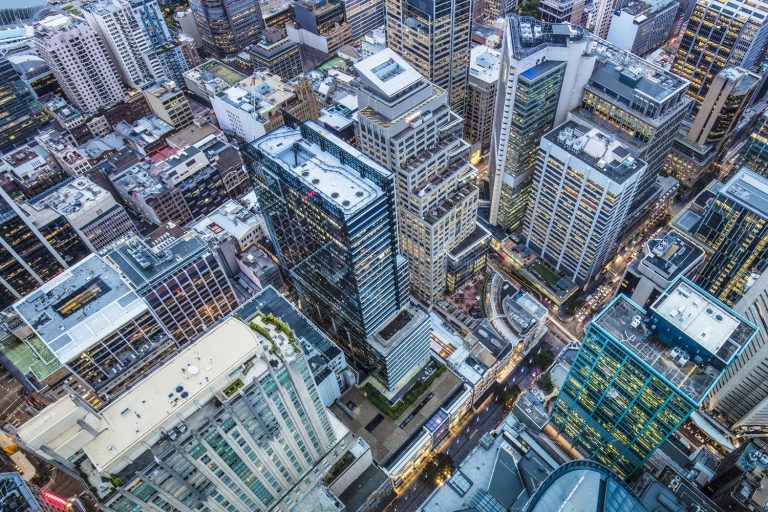Lessons from Melbourne: how prolonged lockdowns impact commercial property

It’s no secret lockdowns are disruptive for many businesses, and for the industry selling and leasing the spaces businesses use, that impact is fairly pronounced.
So, seven weeks into Sydney’s lockdown with no firm end in sight, what’s the outlook for the harbour city’s commercial property market? Looking to Melbourne’s experience in 2020 could hold some clues.
Comparing the two cities, some familiar trends are already emerging.
Impacts differ by asset class
First, the impacts of lockdowns differ by asset class.
During Melbourne’s second lockdown, offices, strip retail stores, and CBD retail suffered the largest falls in demand on realcommercial.com.au, both from buyers and occupiers. Lockdowns impact bricks and mortar retailers, in particular, by reducing foot traffic and driving many consumers online.
In contrast, assets such as industrial and large format retail have proved resilient, benefiting from the increased adoption of e-commerce and growth in household goods retail turnover.
Behaviour on realcommercial.com.au over the past month points to these same trends in Sydney.
Leasing has been hit harder
Another lesson learned from Melbourne is that lockdowns impact the market to lease commercial property more than the market to buy. While searches to buy commercial property did fall during last year’s 112 day lockdown in Melbourne, the magnitude of the decline was less than that seen in the leasing market.
Searches to rent commercial property in Victoria fell by 8.5% between the June and September quarters last year, compared with a decline of 5.7% in searches to buy. The impact in New South Wales has been even more pronounced, with a 16.5% reduction in lease searches between June and July of this year, compared with just a 6.2% fall in buy searches.
In addition to restrictions limiting physical inspections, uncertainty around the length of lockdowns and timelines for reopening have caused many businesses to delay leasing decisions. Changing density limits and the ongoing risk of unpredictable snap lockdowns are also a challenge for businesses when determining how much space to lease.
Confidence is shaken, but creeps back
Despite the ongoing challenges in the sector, investor confidence in commercial property has been creeping back, even for the harder hit asset classes.
For buyers currently looking to purchase commercial property, their desired holding periods are likely to extend beyond this pandemic. With the vaccine rollout underway, and Australia’s economic recovery outpacing expectations, Sydney’s current lockdown may not prove much of a deterrent for buyers.
Despite this, and as was the case in Victoria, many vendors will choose to delay selling until restrictions ease, which could lead to fewer transactions. Last year in Victoria, for example, there were 24% fewer commercial properties sold during the heavily restricted September quarter compared with the quarter prior, according to Real Capital Analytics.
Any decline in the supply of commercial properties for sale, combined with the recent slowing in searches to buy, will impact sales volumes in Sydney over at least the coming month.
So, what lies ahead for Sydney? Well, based the experience of Melbourne, market activity is likely to remain subdued throughout the remainder of lockdown.
However, demand will not go dormant and will build as the end of lockdown comes into sight. From there, we anticipate a significant upswing in sales and leasing activity once restrictions ease.







